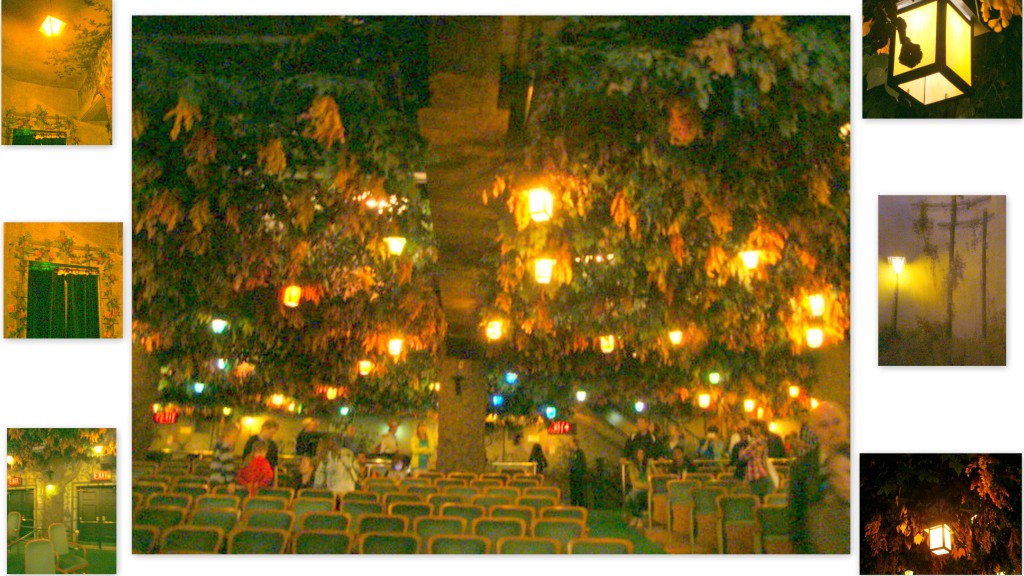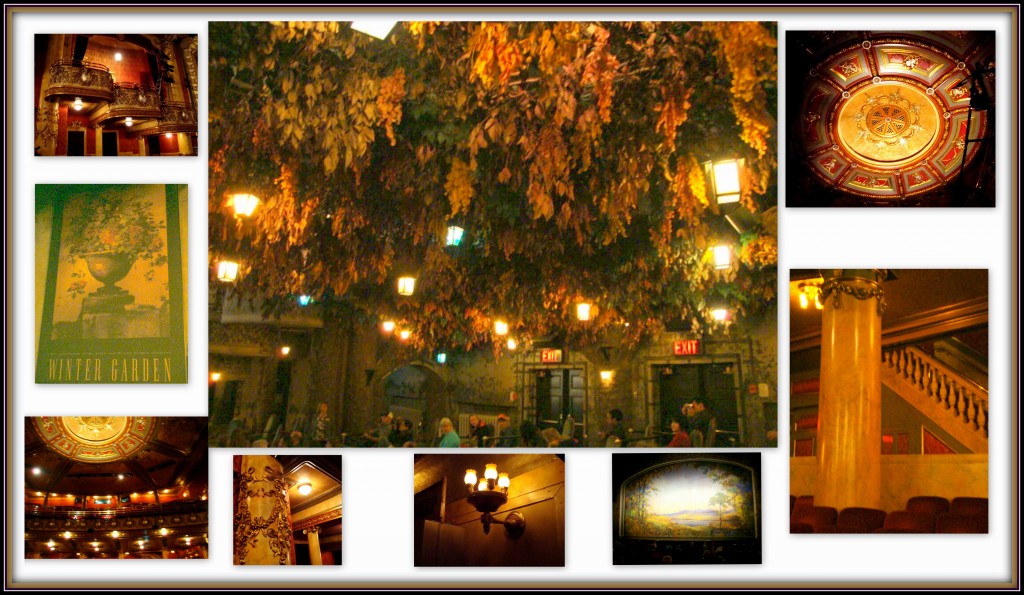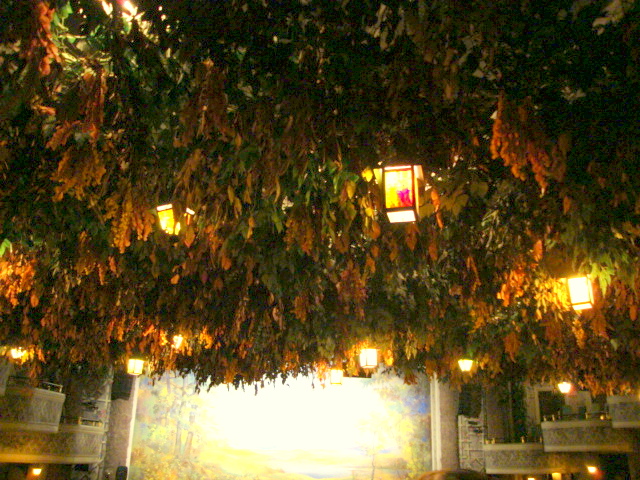 “In the end, the character of a civilization is encased in its structures.” (FrankGehry)
“In the end, the character of a civilization is encased in its structures.” (FrankGehry)
Doors Open was held in Toronto last weekend. Many buildings noted for their historical, architectural, cultural, and social significance were open free of charge so that Torontonians and tourists alike could visit. All the images in this post are from my visit to the Elgin and Winter Garden Theatres in Toronto. I’ve been to shows in many other theatres in Toronto but never to this one.
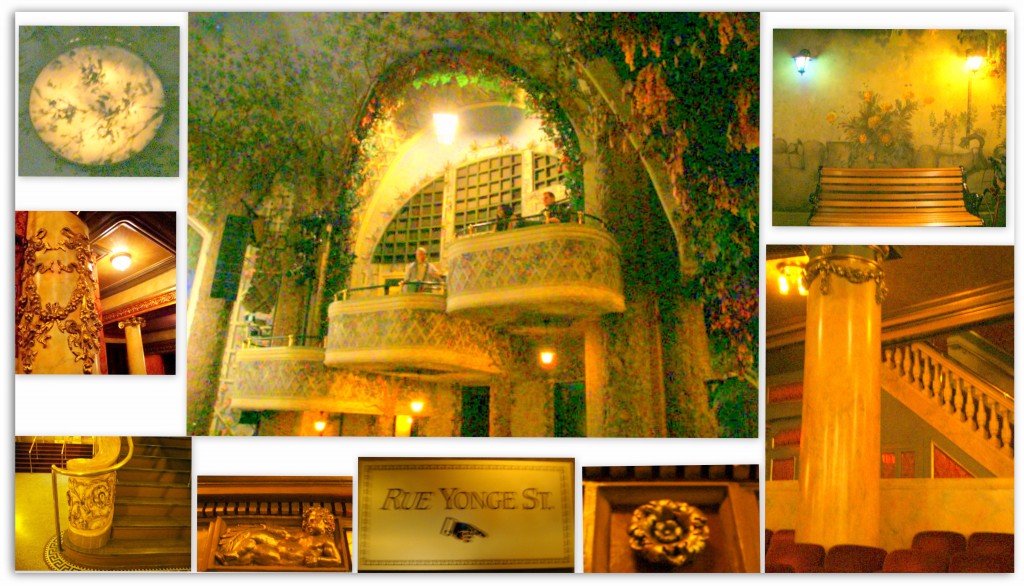 There were informative and educational talks about the theatres. It was a magical visit. I got to choose where I sat so, of course, I chose the front seat of the orchestra section in both theatres. Many people were taking pictures and enjoying their visit just as much as I did.
There were informative and educational talks about the theatres. It was a magical visit. I got to choose where I sat so, of course, I chose the front seat of the orchestra section in both theatres. Many people were taking pictures and enjoying their visit just as much as I did.
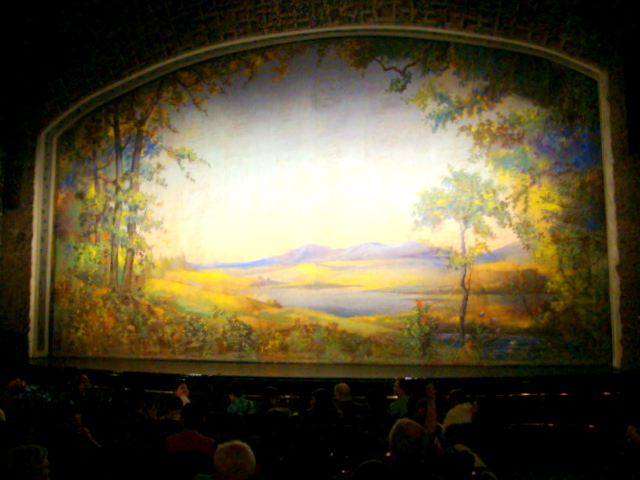
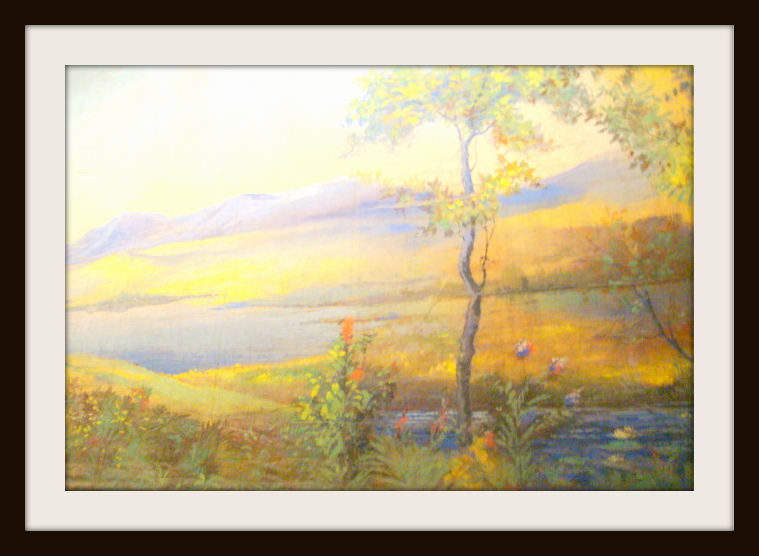
This building that houses the Elgin and Winter Garden Theatres is the last of its kind in the world that is still in operation. The Elgin Theatre is on the lower level and opened in 1913. It is very beautiful with its gold plaster and marble effects as well as damask fabric on the walls. There’s a richness to being in a building with such beautiful architectural details.
My favorite, though, was the Winter Garden Theatre (seven stories above the Elgin) which opened in 1914. If you like gardens, you too will enjoy this one very much. “Decorated to resemble a rooftop garden in full bloom, its walls were hand-painted with garden scenes, its columns disguised as tree trunks and its ceiling and balcony soffit hung with an astonishing combination of real beech leaves, cotton blossoms and garden lanterns. For its restoration, over 5,000 real beech branches were harvested, preserved, painted and painstakingly woven into wire grids suspended from the theatre’s ceiling.”
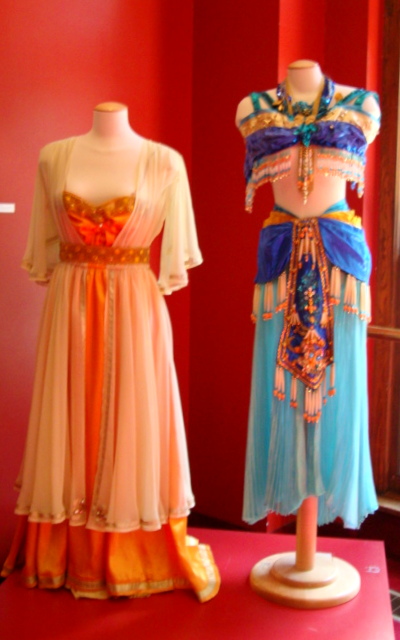
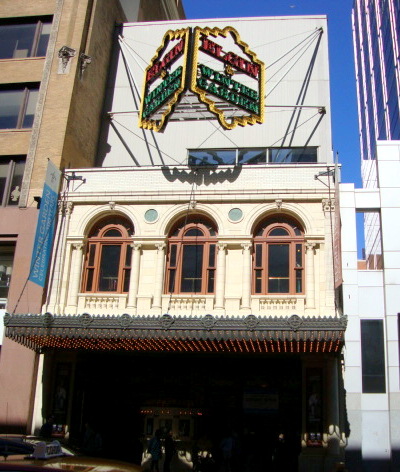
I just remembered what the great bard, Shakespeare, said about the stage and feel that these words are a fitting end for a post on the theatre. We are all actors and actresses in the theatre of life – although we don’t often think of our lives this way.
“All the world’s a stage, And all the men and women merely players; They have their exits and their entrances, And one man in his time plays many parts, His acts being seven ages. At first, the infant, Mewling and puking in the nurse’s arms. Then the whining schoolboy, with his satchel And shining morning face, creeping like snail Unwillingly to school. And then the lover, Sighing like furnace, with a woeful ballad Made to his mistress’ eyebrow. Then a soldier, Full of strange oaths and bearded like the pard, Jealous in honor, sudden and quick in quarrel, Seeking the bubble reputation Even in the cannon’s mouth. And then the justice, In fair round belly with good capon lined, With eyes severe and beard of formal cut, Full of wise saws and modern instances; And so he plays his part. The sixth age shifts Into the lean and slippered pantaloon, With spectacles on nose and pouch on side; His youthful hose, well saved, a world too wide For his shrunk shank, and his big manly voice, Turning again toward childish treble, pipes And whistles in his sound. Last scene of all, That ends this strange eventful history, Is second childishness and mere oblivion, Sans teeth, sans eyes, sans taste, sans everything.”

